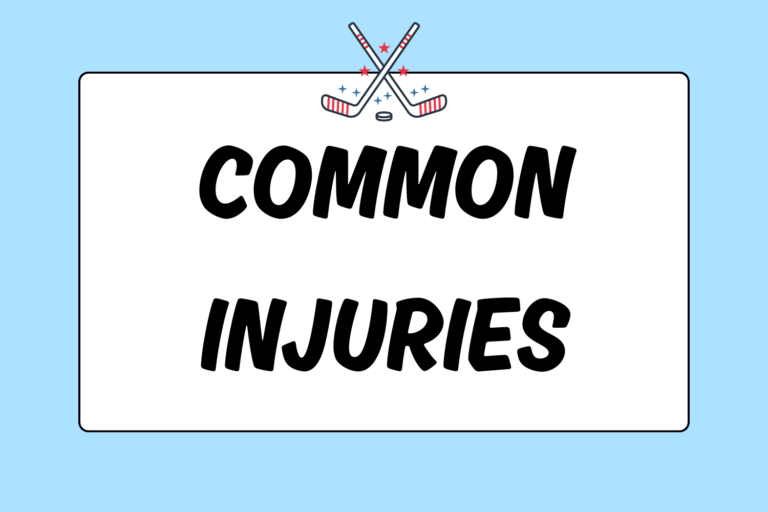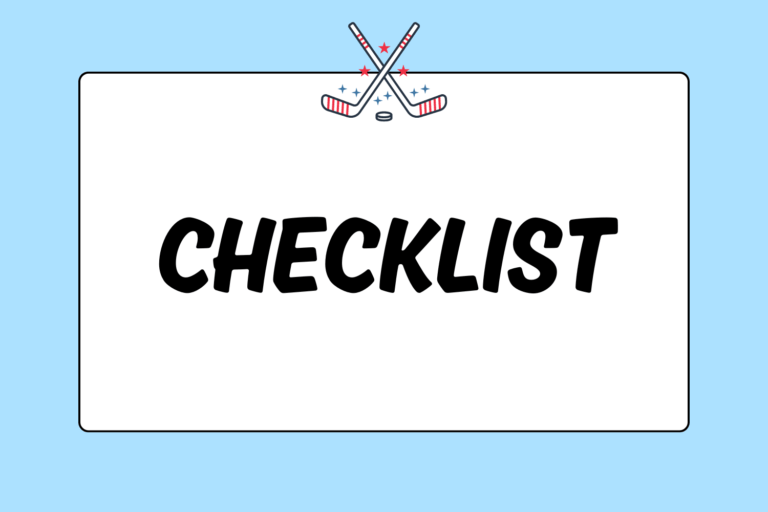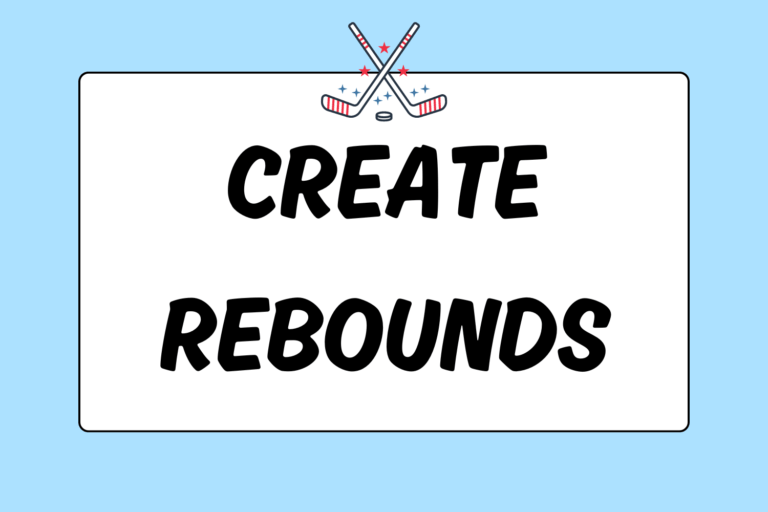Ice hockey teams get one time-out per game. The length of the break varies depending on the league rules, but time-outs generally last 30 seconds or 1 minute. Because time-outs are scarce, how you use them requires a great deal of strategy. This guide outlines the common tactics for time-out usage.
Time-out Rules
Coaches can signal to the referee for a time-out, or the players on the ice can call for a break, but it must occur during a play-stoppage. Time-outs cannot be called after a player has been selected to take a penalty shot. Players may return to the bench during a time-out (goalies included). They may not, however, warm-up or practice with pucks.
In North American ice hockey, multiple time-outs (i.e. one by each team) may not be called during a single play stoppage. This rule is not enforced in games sanctioned by the International Ice Hockey Federation (IIHF).
Specific Time-out Uses
Since teams only get one time-out per game, it has to be used wisely. Conventional wisdom is to hang onto the time-out until the third period and use it in a time of extreme need. However, there are several other game scenarios in which teams are best served to use a time-out.
Use Your Time-out
Many coaches save their time-out until the final minutes of a game, to score or prevent a timely goal. While this makes a certain degree of sense, a goal scored in the first or second period is just as important as one scored in the third. If your time-out has a chance to affect the game, use it; regardless of how far in the game you are.
Rest a Unit after Icing
Teams that are penalized for an icing infraction cannot make a line change for the ensuing faceoff. This can be problematic defensively if the unit on the ice is already tired or on the penalty kill. Late in close games, coaches should consider using their time-out to rest players after an icing call.
Goalie Change
If a coach makes a goalie substitution, calling a time-out can help the new keeper warm up. He will not be permitted to take warm-up shots, but he can use the time to stretch and skate to get his blood flowing. Further, it will give the coach and captains a chance to regroup the squad after the bad stretch which got the goalie pulled in the first place.
Draw Up a Play
When down a goal late in a game, a coach may call a time-out to draw up an offensive play. Calling a time-out to draw up a play is most useful when on the power play or about to pull the goalie for an extra attacker.
Penalty Shots
Time-outs may not be called once the shooter has gone to center ice to start the shot. However, time-outs may be called after the penalty shot is awarded, but before the shooter goes to center ice. This may be a good time to decide who will take the shot, or to rest either the shooter or the goalie.
Stop the Bleeding
After a pair (or trio) of quick goals, time-outs are commonly called to “stop the bleeding.” Coaches call these time-outs and try to lift the team’s spirit… or motivate/yell at their players. Sometimes 30 seconds can be enough to mentally and emotionally regroup.
Any Time is Fine
While the above instances are the most common instances to call a time-out, they are by no means the only times to do so. The coach should know his team and his players, and he should feel free to call a time-out at any point in the game. Time-outs can be used to calm the players on a team, and the coach should carefully consider when the best time is for his team.





